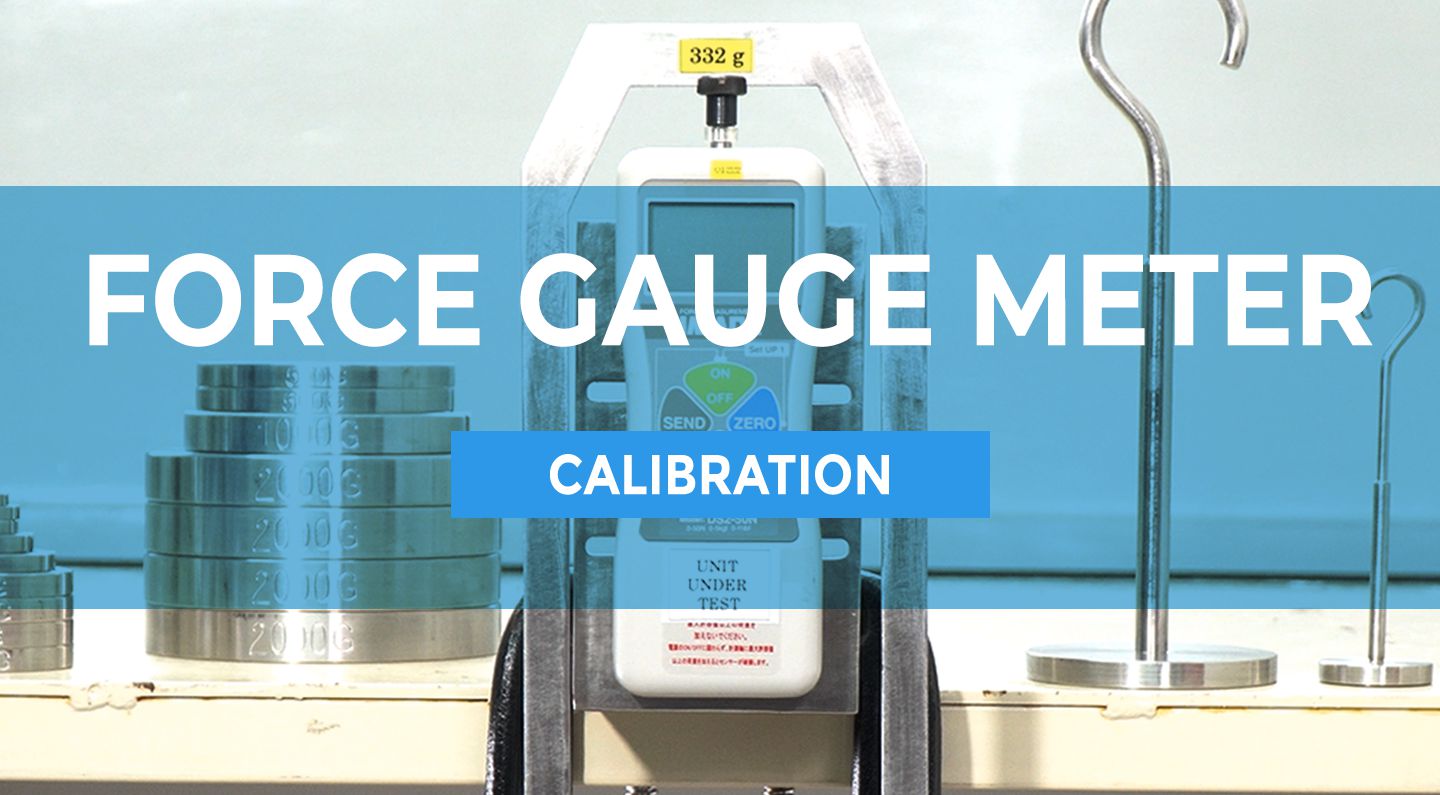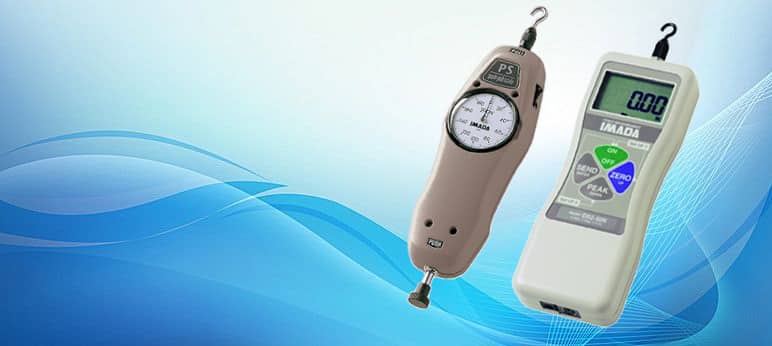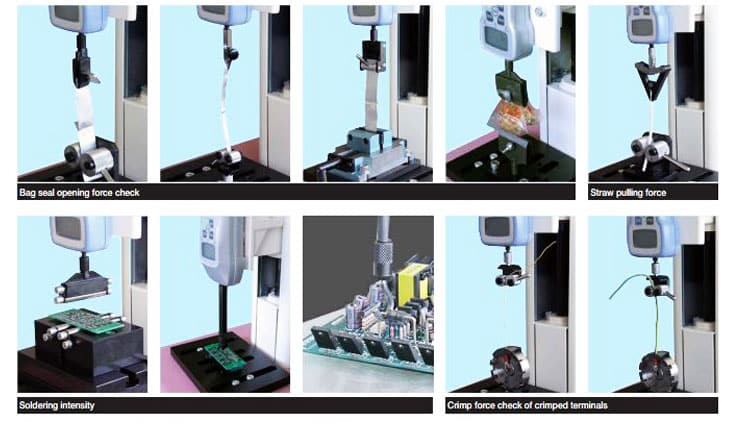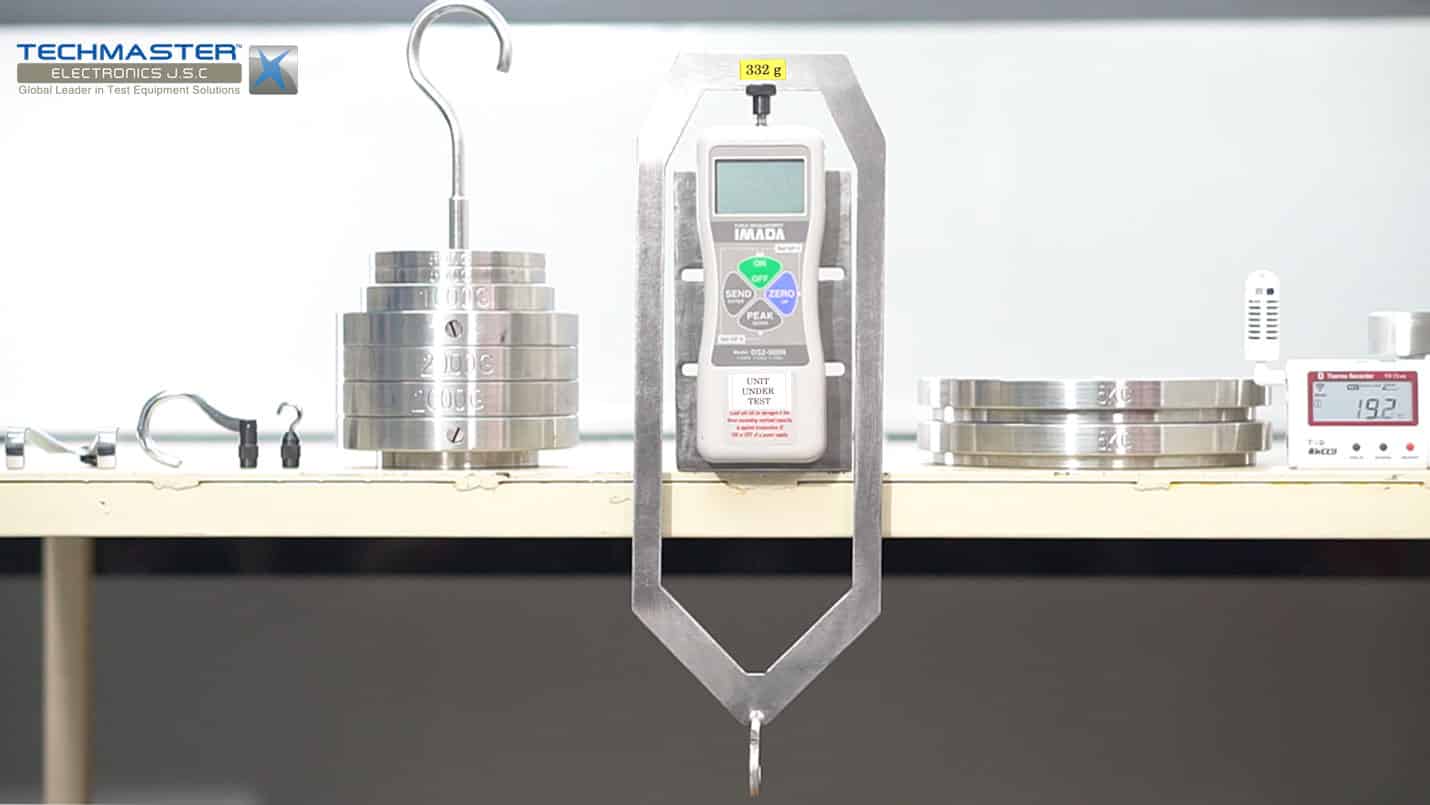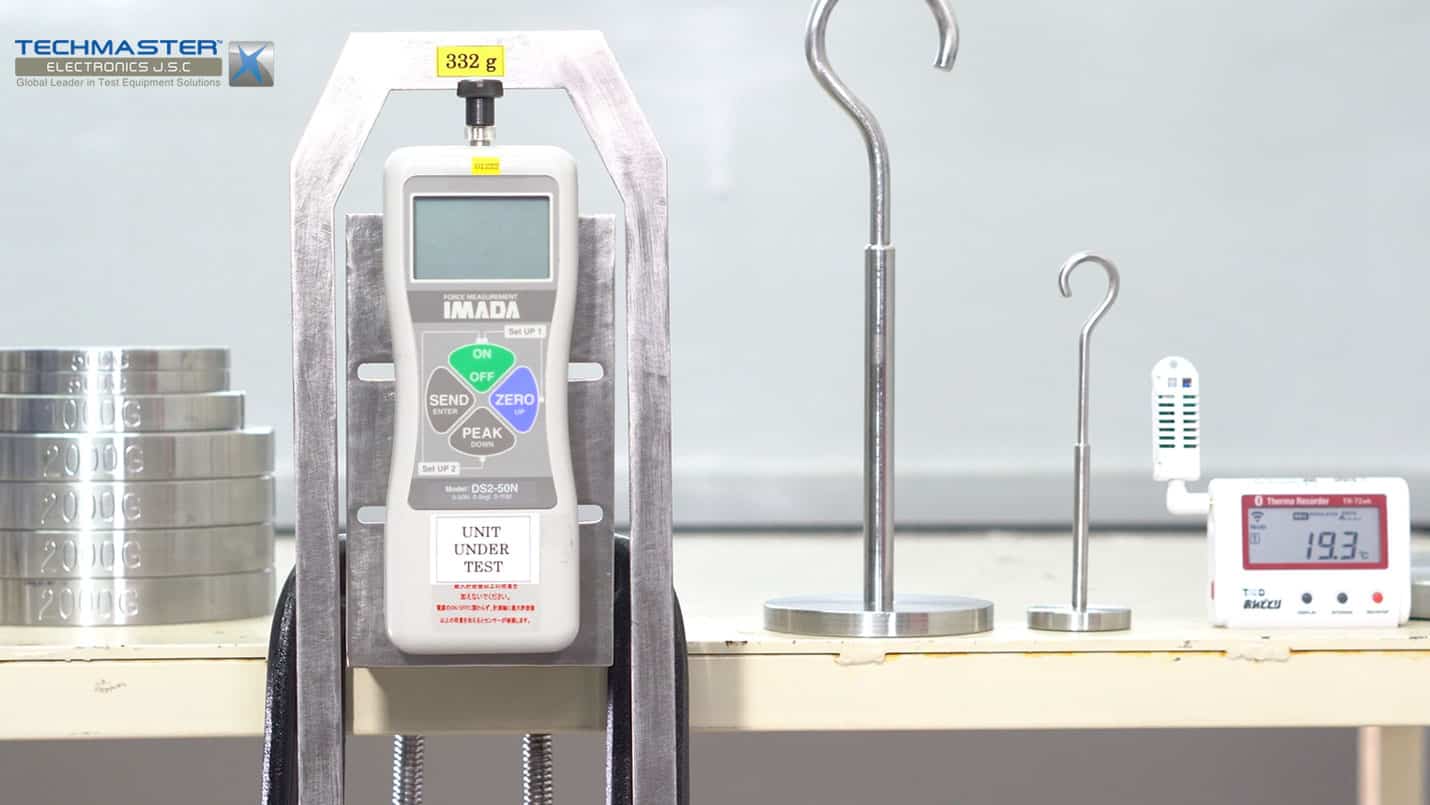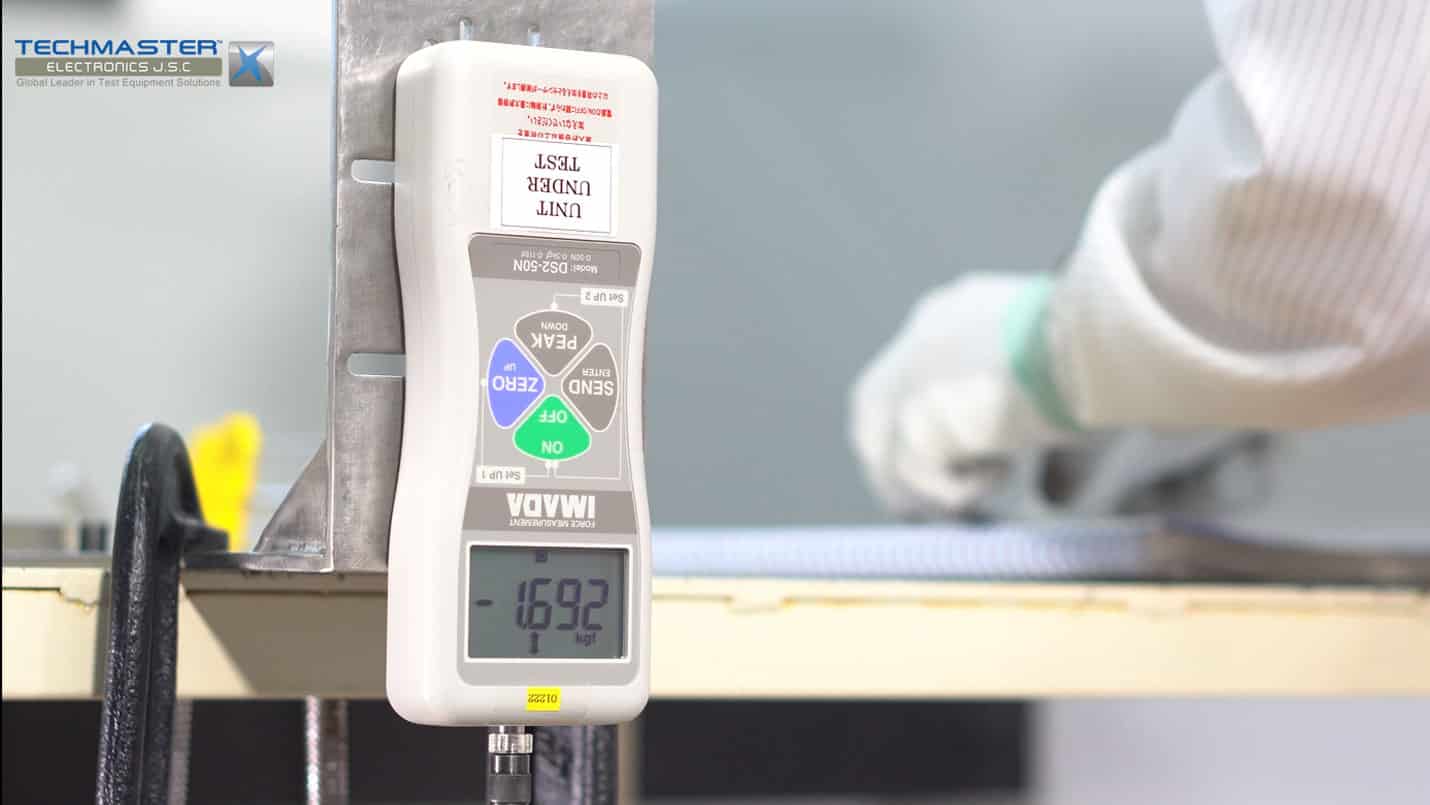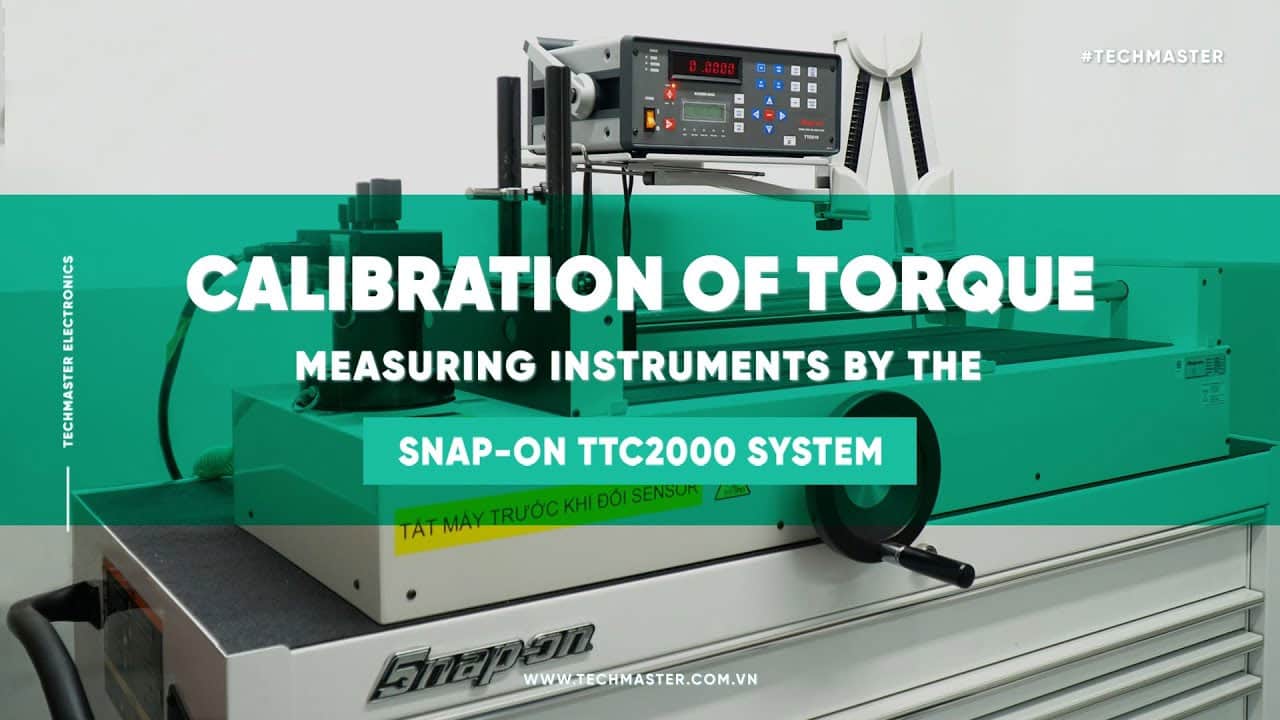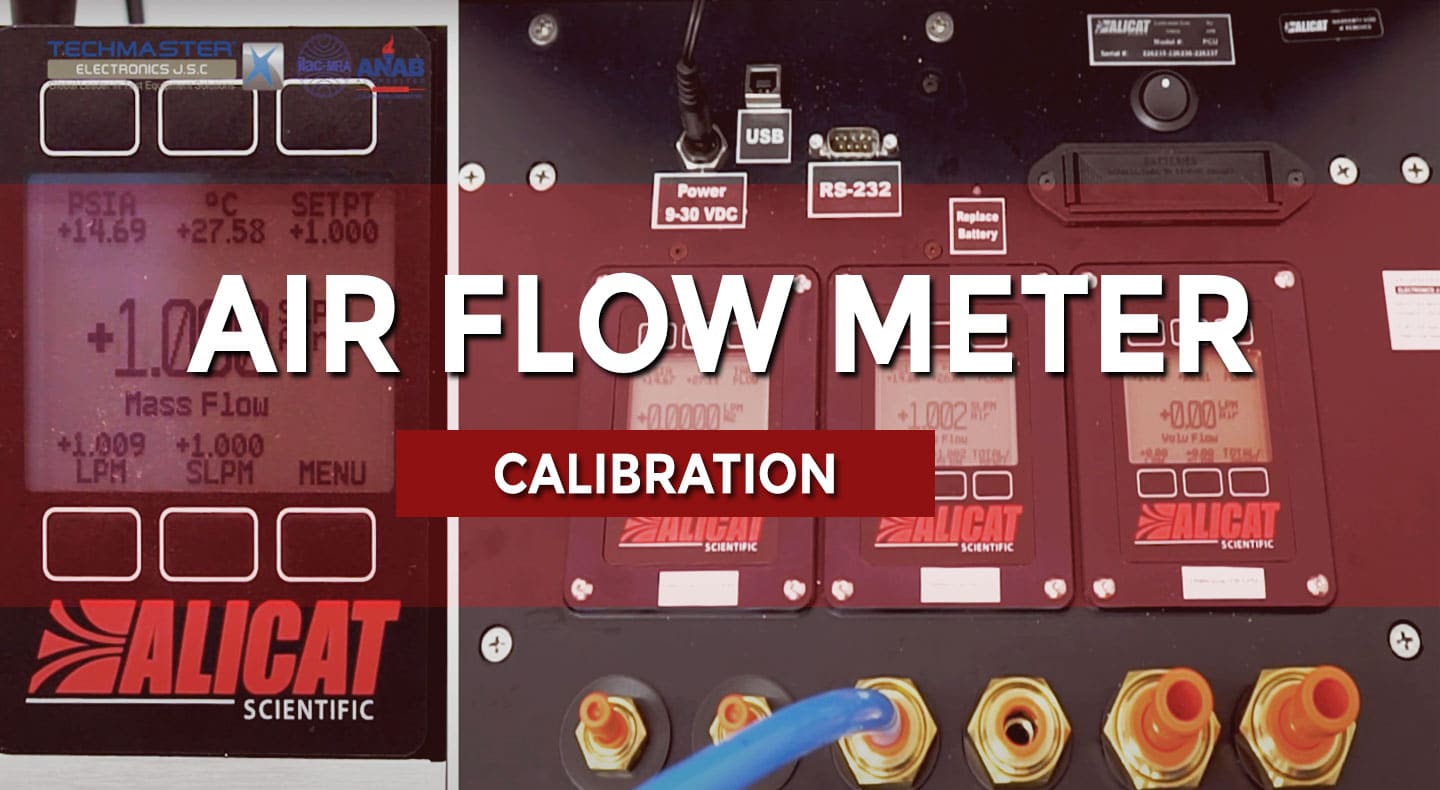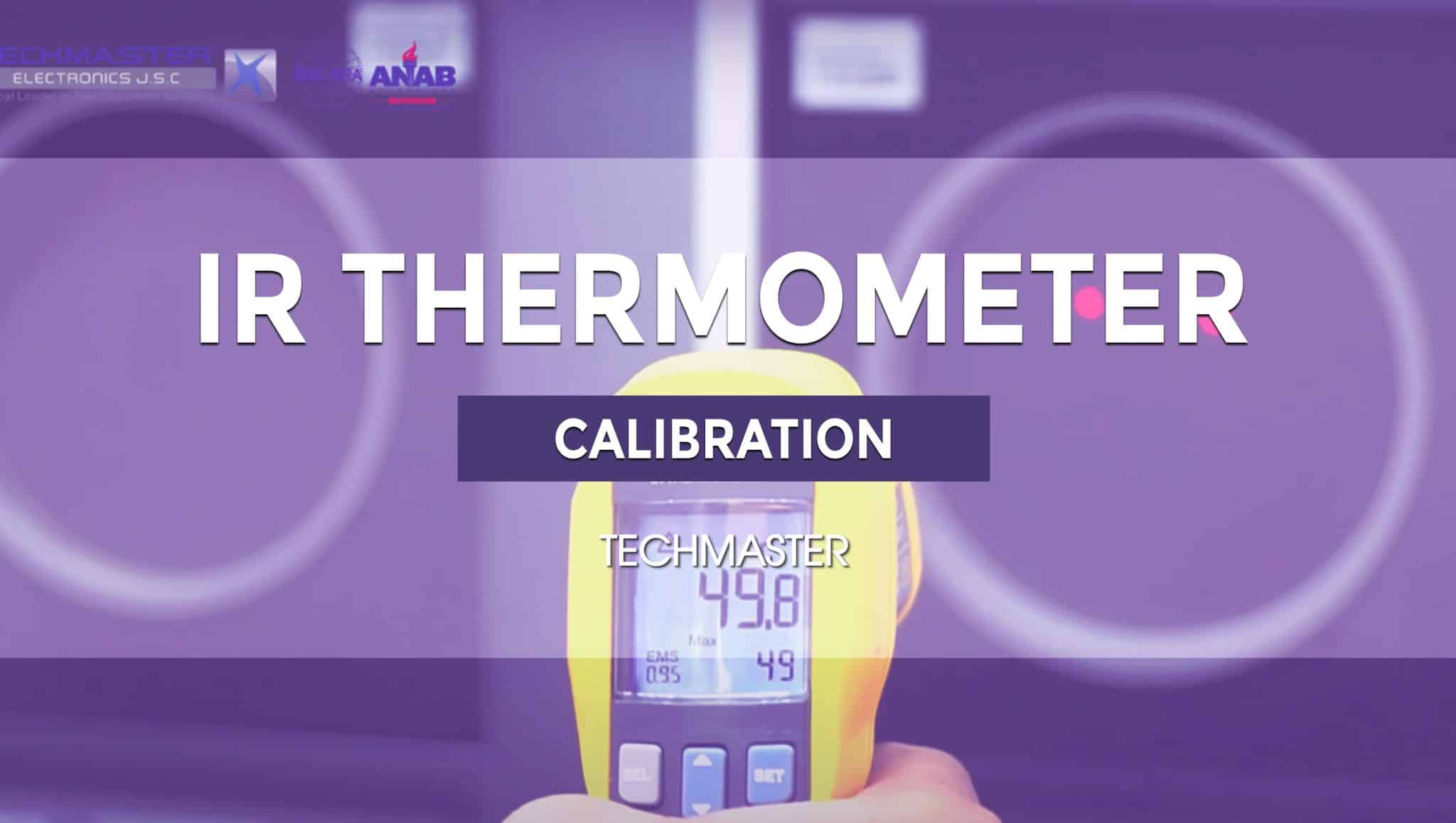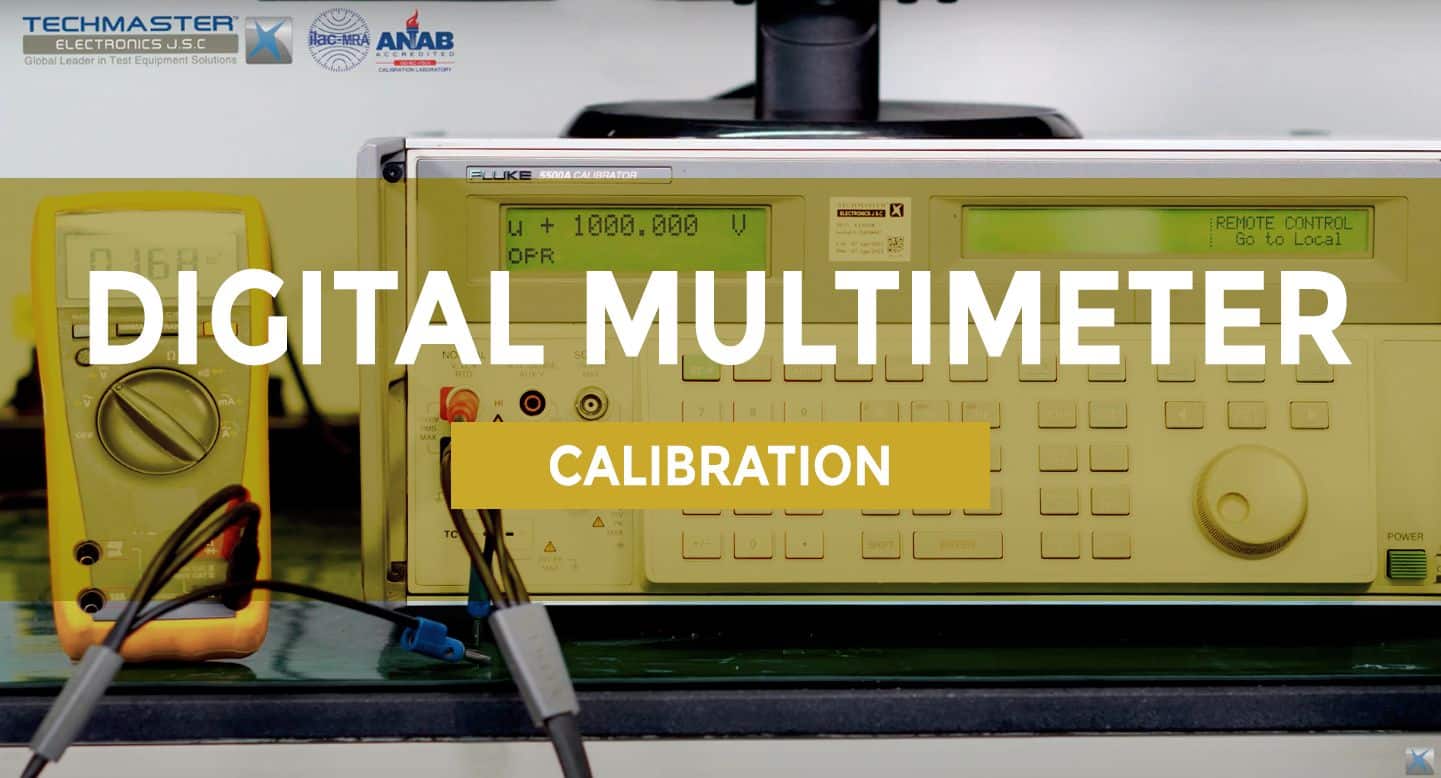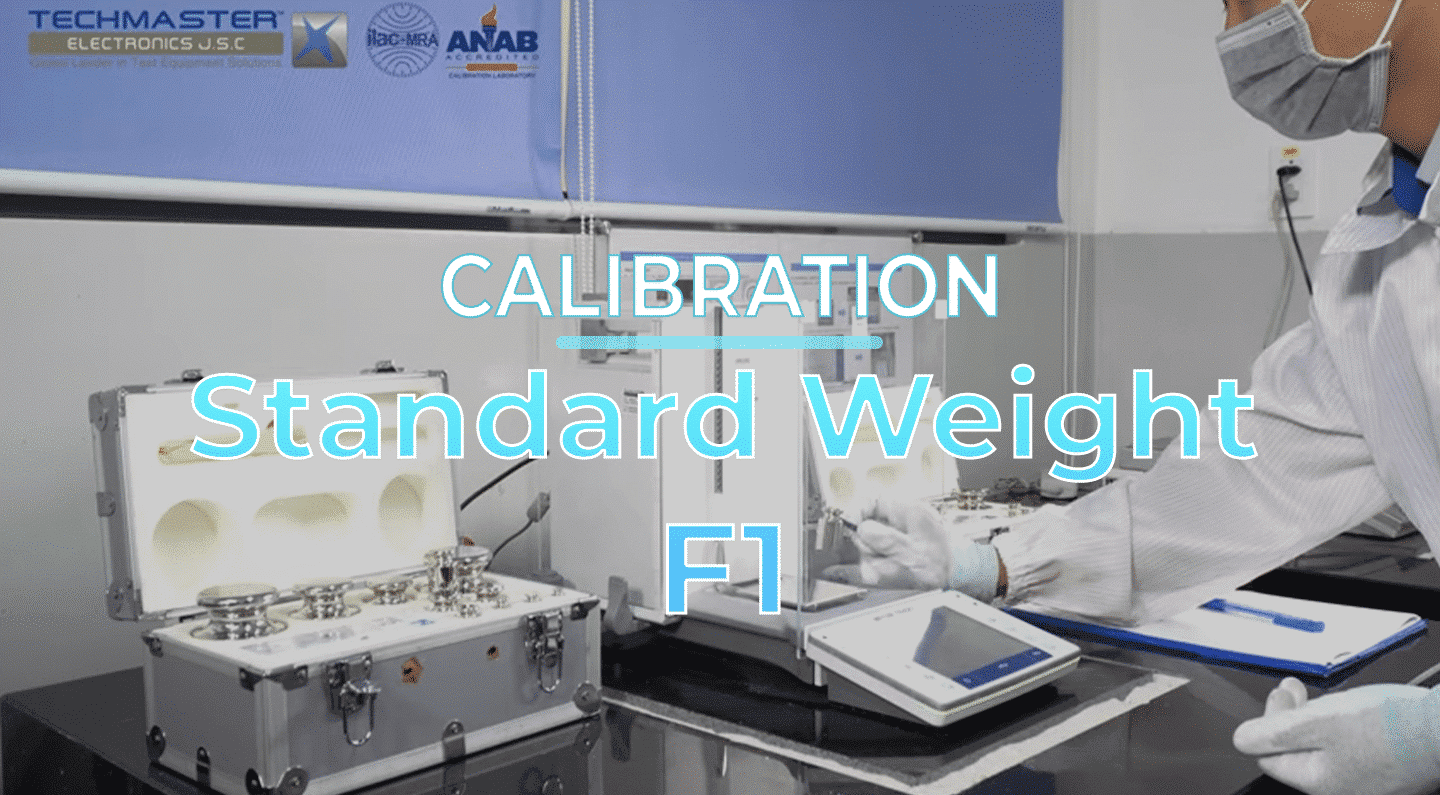Force Gauge Calibration in Techmaster
A force gauge is a device used for force test requirements. This instrument is commonly used in research and development, laboratory, quality, manufacturing and field environments. Therefore, for manufacturing industries such as garment industry, footwear industry, sports equipment manufacturing, electronic components production … this is an important measuring device.
So, calibration of the force gauge will ensure stable and accurate operation of the device. Detect the risks of damage to this equipment early, for the most reliable measurement results.
1. What is force gauge ?
Force gauge is a small measuring instrument to measure force, known as “push pull gauge” or “push pull scale.” As the names suggest, force gauge measures push force (compression) and pull force (tension). However, force gauge also measures various force such as adhesion, peel force, COF and more in combination with a desired attachment. Force gauge can be used as a simple handheld measuring device, or as an accurate force tester in combination with a dedicated test stand.
Force gauges are roughly divided into 2 types: Digital force gauge, which has a load cell built-in. And mechanical force gauge, which has a spring mechanism.
2. Applications
– Test the pull force of garments such as backpacks, bags, etc.
– Test the pull force of clothes button for products in the garment industry
– Test the compression of sports equipment products such as tennis balls, etc.
– Check the pull force acting on rolling doors, sliding doors, etc
– Safety testing of products using force factors, etc
And there are many other measurement applications.
3. Force Gauge Calibration Process
3.1 Why Force Gauge Calibration?
Force Gauge is an important measuring device that requires high accuracy. Therefore, calibration of this device is extremely necessary. As it will help ensure stability and accuracy for related operations. Besides, the calibration also helps to detect equipment failures (if any) early for timely correction and repair.
3.2 Calibration instrument
– Standard Weight Set up to 100kg total weight, class F2 or above.
– Force calibrator or Standard Loadcell, accuracy better than 3 times Unit Under Test (UUT).
– Hanging fixture for hang weight test, or clamp, connector tools, stand base for loadcell and force calibrator.
3.3 Environment conditions
– Temperature: (19 ± 2)ºC
– Relative Humidity: (20 ÷ 65)%RH
Note: environment conditions above apply for Techmaster inhouse laboratories. Outside this bound conditions will be considered with customer for uncertainty and measurement results.
3.4 Preparation
– Visually inspect the UUT for obvious damage that may affect accuracy and/or operation and note any observations.
– Technician must be familiar with calibration techniques and the operator manual of the UUT being calibrated.
– Connect UUT and standard meter to suitable power, switch on and warm up at least 30 minutes or follow manufacturer’s manual.
3.5 Perform
Calibration points will be perform at approximately 20%, 40%, 60%, 80% and 95% (or 100%) of UUT range. Test point at 100% UUT range may not possible depend on overload range of UUT, when the mass of hanging weight may affect at that test point.
Other test point of UUT range can be done follow customer’s requirements.
3.5.1 Hang weight method
– Mount UUT downward (pull or tension direction) on clamp fixture, set zero on UUT
– Select amount of weights at 20% UUT range, hang weights at the pull hook on UUT.
– Waiting for stable reading, record reading values, repeat 5 times.
– Increase load weight and repeat for remains test points.
– Remove weights, change UUT to upward, clamp on fixture.
– Place hang fixture on top of push connector of UUT, set zero on UUT.
– Select amount of weights at 20% UUT range, hang weights at the fixture.
– Record reading values, repeat for remain test points.
– Calibration completed, remove all hang weight and fixture from UUT, secure all equipment.
3.5.2 Loadcell method
– When calibrated using force calibrator or load cell system, connect UUT to standard equipment by suitable connector.
– Exercise applied force for UUT three times, to Full Scale or calibrated range before official measurement.
– Set zero on UUT and standard load cell or force calibrator.
– Apply tension force at appropriate 20%UUT range, compare reading values on UUT and standard equipment.
– Record reading values, repeat for remain test points.
– Change UUT to opposite direction if have, repeat for compression direction.
– Calibration completed, remove all connectors and fixture from UUT, and secure all equipment.

